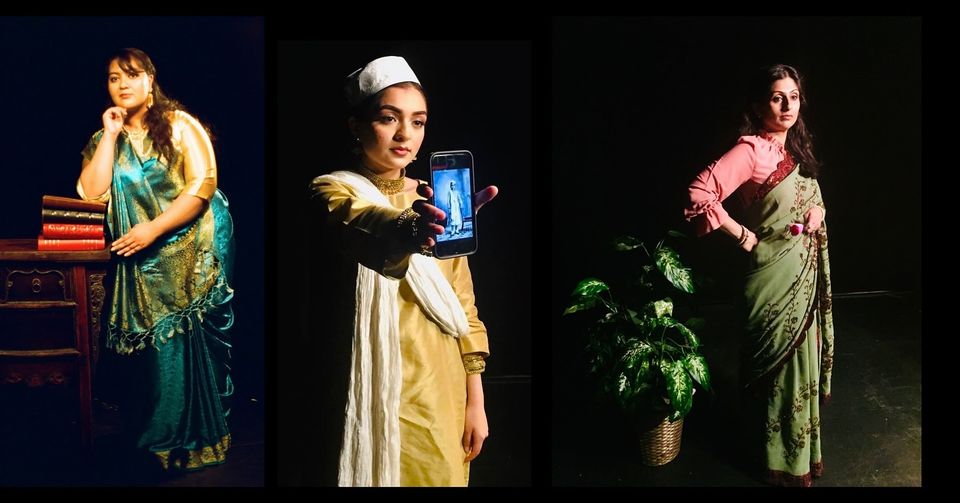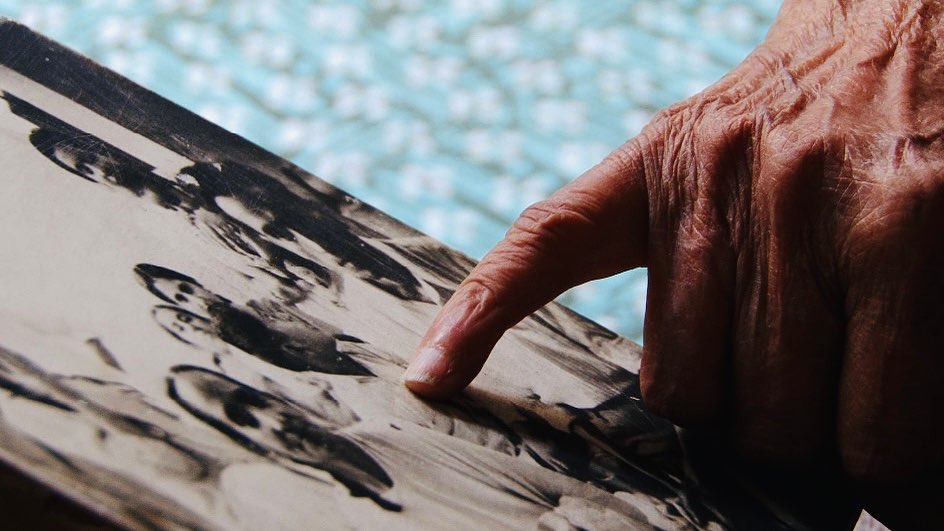Instructions on how to contact International Court of Justice (ICJ) Judges to express how you feel, before they make judgement on South Africa Vs Israel genocide case on Thurs 11th Jan, 2024: (Process will take max 3 min)
- Copy all text below and paste into the body of a new email.
- Cut and paste email addresses into “To” box
- Write your own subject title
- Insert your name and country into 1st paragraph and again your name at end of letter
- Edit letter to your own style if you wish (optional)
- Attach any evidence (eg Tweets) – (optional)
- Send email
(Same process as above for individual letters to individual judges by country – (see thread below – (optional)
j.donoghue@icj-cij.org; K.GEVORGIAN@icj-cij.org; p.tomka@icj-cij.org; r.abraham@icj-cij.org; m.bennouna@icj-cij.org; a.yusuf@icj-cij.org; h.xue@icj-cij.org; j.sebutinde@icj-cij.org; d.bhandari@icj-cij.org; p.robinson@icj-cij.org; n.salam@icj-cij.org; y.iwasawa@icj-cij.org; g.nolte@icj-cij.org; h.charlesworth@icj-cij.org; l.brant@icj-cij.org
Subject: Urgent Concerns Regarding the impending matter of South Africa v. Israel with the ICJ
Dear Madam President and esteemed panel of Judges,
I hope this message finds you well and resolute. My name is [Your Name], I am a concerned citizen of the [Your Country]. I am reaching out to you with a sense of urgency and sincere apprehension which prompts me to break my customary silence.
I have always held the belief that individuals in positions of authority, such as yourself, harbour the best interests of humanity at heart. However, recent developments in the Middle East and the global response to them have stirred doubt in my convictions, compelling me to express my concerns directly to you.
As I explored the International Court of Justice’s website, I took solace in the fact that it consists of “independent judges, elected regardless of their nationality from among persons of high moral character.” With this understanding, I address you regarding the impending South Africa v. Israel matter, the provisional measures hearing of which is scheduled for Thursday, 11th and Friday, 12th January 2024.
I am sure that you are acutely aware of the gravity of the case before you, and I believe that your ability to discern the truth, resist external pressures, and deliver a just judgment is foremost on your mind. The Genocide Convention, a cornerstone of international law, was established in 1948 as a commitment to ‘never again’ allow atrocities akin to those committed by the Nazi’s in WW2. 152 states out of 194 nations of the world honourably signed up to the convention. It is a testament to our parents and grandparents that their generations committed to a set of standards that constitute the basic principles of right and wrong, which underpin the fabric of the world we live in and form the basis of the lives most of us are lucky enough to lead.
The very fact that the responsibility of adjudicating on this case has fallen upon your shoulders underscores a disheartening truth – the failure of existing systems of checks and balances within the international community. It is disconcerting that national interests have tainted the operations of our global systems, allowing the mass killing of civilians to persist without intervention. I find this reality appalling, as do countless citizens around the world who have expressed their horror through protests on the streets of cities across the globe.
The upcoming case is a litmus test for humanity’s commitment to the solemn pledge of ‘Never Again.’ Generations have been educated about the horrors of the Holocaust, and this case challenges us to live up to the principles we profess. It is a stark reminder that the values we hold dear are being tested in real-time, with devastating consequences.
In March 2022, the International Court of Justice ordered Russia to immediately suspend military operations in Ukraine and ensure that affiliated units take no further steps in furtherance of the military operations. Despite this intervention, an estimated 10,000 civilians have tragically lost their lives in Ukraine since Russia’s military operation in 2022. Moreover, and by comparison, the death toll in Gaza has already surpassed 22,000 since October 2023, with a staggering 70% of the victims being women and children.
In an age where mainstream media faces scepticism due to perceived biases, the global community has been witness to Israel’s actions in real-time through various social media platforms such as X, TikTok, and Telegram. Enclosed with this letter, you’ll find compelling evidence pointing towards Israel’s culpability in intending to commit genocide and engaging in genocidal military actions, among other alleged war crimes.
We find ourselves in a world where trust in global institutions is eroding rapidly. The International Court of Justice, in particular, cannot afford to make an erroneous judgment in the #SouthAfrica v. #Israel genocide case. A misjudgment in this matter would not only underscore the ICJ’s ineffectiveness but also prompt scrutiny regarding its autonomy from nation-state political influences, potentially compromising the esteemed moral character of the individuals involved.
I humbly beseech you to approach this case with the utmost diligence, impartiality, and commitment to justice. The eyes of the world are upon you, and the outcome of this particular case will reverberate through history, shaping perceptions of the ICJ’s impartiality and moral standing.
Yours sincerely,
(Insert Name)








